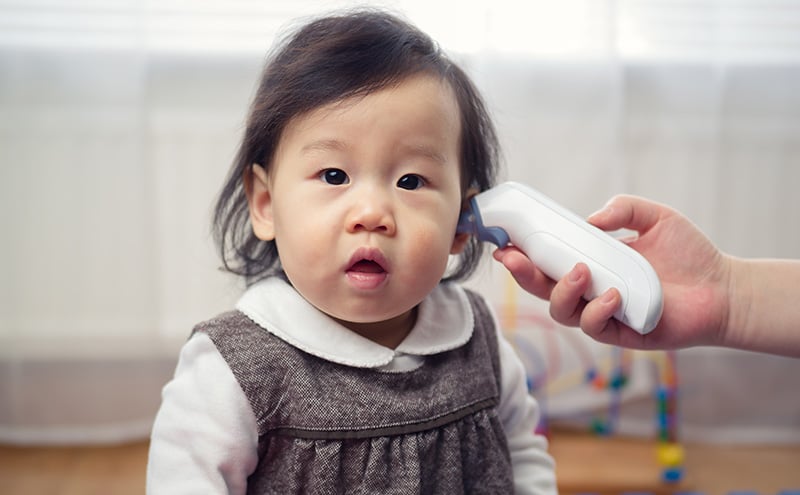Despite significant resource and staffing challenges throughout the pandemic, emergency departments demonstrated notable improvements in pediatric emergency care. The National Pediatric Readiness Project (NPRP) 2021 assessment was just published in JAMA Network Open and reflects progress since the prior assessment in 2013.
NPRP researchers note improvements in five of six categories measured. COVID-19 contributed to a decline in one category: designating a nurse and/or physician as pediatric emergency care coordinators (PECCs). EDs reporting both physician and nurse PECCs decreased to 28.5% in 2021, a 13.5% drop.
NPRP researchers attribute that disparity to widespread workforce shortages during the pandemic.
“The improvement in five of six categories despite these circumstances is most notable, reflecting high engagement of providers over the last eight years.” said Marianne Gausche-Hill, MD, FACEP, FAAP, FAEMS, study co-author and NPRP co-director.
The assessment is based on responses from more than 3,500 emergency departments, representing more than 14 million pediatric emergency visits. Categories measured aspects of administration and coordination, staffing, competencies, quality improvement, patient safety, policies and protocol, equipment and supplies.
Assessments are tied to updates of joint guidelines that are periodically revised as research and the health care system evolve. Examples of notable improvements in 2021 include:
- The number of EDs with pediatric equipment and supplies rose from 90% to 97%.
- The number of EDs with a pediatric mental health care policy in place rose from 44.1% to 73.1%.
- The number of EDs with pediatric quality improvement plans in place rose from 45.1% to 50%.
Key findings include that assigning the role of pediatric emergency care coordinators, developing a quality improvement plan that includes children, and staffing the ED with board certified/eligible emergency or pediatric emergency physicians is associated with high pediatric readiness.
“The association of pediatric readiness with improved survival makes it a health care imperative,” said Dr. Gausche-Hill.
NPRP is supported by the Health Resources and Services Administration/Emergency Medical Services (EMS) for Children Program and is cosponsored by the American Academy of Pediatrics (AAP), the American College of Emergency Physicians (ACEP), and the Emergency Nurses Association (ENA).


